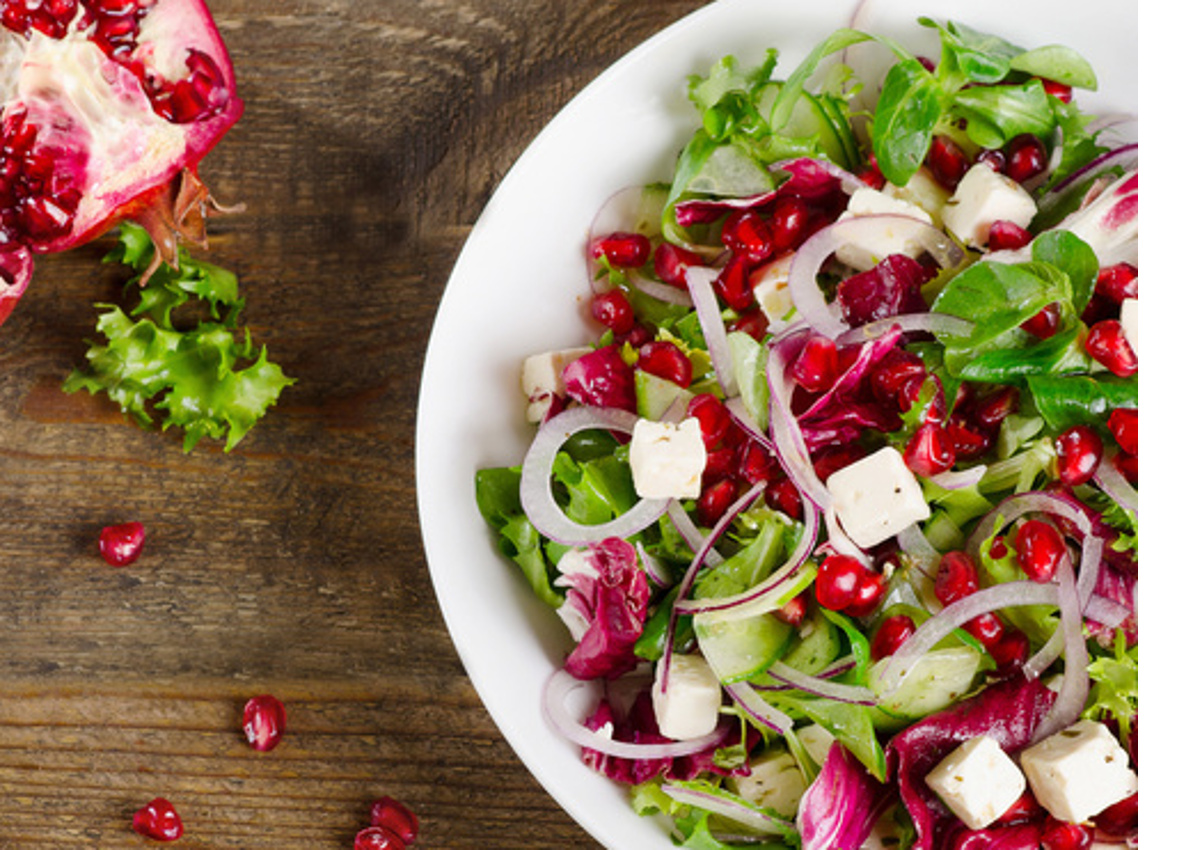It is a minus figure for the exports of Italian fruit and vegetables in the first nine months of 2018: exports volumes down by 12.2% (2.6 million tonnes) and a decline in value by 3.5% (3.3 billion euro). The ISTAT data processed by Fruitimprese show a rather complicated scenario for exports as the Russian embargo, in its fourth year, is still having an effect, while also the Northern African markets are not as active as they used to be. Moreover, the markets in the Far East are yet to open up. In this scenario, however, the Italian fresh-cut fruit and vegetables sector, which is enjoying great growth in the domestic market, both in volume and value, has entered (with considerable success so far) the international arena.

THE SHELF LIFE, A CRUCIAL POINT
The main challenge for the Italian fresh cut fruit and vegetable sector as it enters the international scene is its shelf life. Most of its products are made with delicate raw materials that, as such, do not survive long, thus, these articles, to be truly successful, must first overcome the time hurdle. The need to have a very short supply chain cycle limits market access and increases prices. As Giuseppe Micucci, Managing Director of Sab Ortofrutta and Director of Fast&Fresh, comments, “the most interesting and fast-growing markets for fresh-cut fruit and vegetables are Germany and Eastern Europe.” However, based on the latest sales figures, the outlook for Austria, Belgium, France, Spain and, most recently, Poland, seems to be positive. As Franco Rollè, Sales Manager of Euroverde explains, “the geographical range is limited to 700/800 km (450/500 miles) from the production facility. Anything over this distance, economically, makes no sense.”

THE FUTURE IS INTERNATIONAL
This is the reason why, in addition to exports themselves, in many cases, the top players are working towards greater internationalisation, a trend that includes new plants and crops in various European countries, as well as exporting business models and control protocols of the supply chain. “A year ago,” says Micucci, “we opened the Aufkirchen (near Munich, Germany) site. The aim is to serve more effectively those Northern European markets, chiefly Germany, that are becoming increasingly active.” A well-known process at Gruppo La Linea Verde: “Exports, combined with the results of our foreign plants, account for 40% of the Group’s sales,” explains Valérie Hoff, Communications and Marketing Director of La Linea Verde DimmidiSì. “We have had excellent results in exports, especially in France and Belgium. The goal is to continue in this direction. As a matter of fact, we have recently opened a new sales office in France. Thanks to our expertise in fresh-cut fruit and vegetables, logistics, as well as to the high quality of our products, we are very competitive on the market, which, in turn, has allowed us to enter major distribution channels at the European level. The biggest challenge, and yet the biggest opportunity, for our fresh products is geographical distance. We are currently working on an international expansion, the exporting of the ‘Linea Verde format’: guaranteed monitoring of the entire supply chain, thus total control over the product life cycle, from planting and harvesting to greenhouses located in farming areas near the processing facility, and the actual processing.”
DECLINING EXPORTS OF PDO AND PGI FRUIT AND VEGETABLE PRODUCTS
The 2018 report by Ismea-Qualivita mentions several PDO and PGI products that are faring rather well, as a matter of fact, the whole sector can boast a +2.6% over the previous year, with a +4.7% in terms of exports (8.8 billion euro). Not quite the same scenario for fruit and vegetables: -10.6% in volume compared with the previous year and exports for a total of 161 million euro, thus down by almost 30%. This figure is heavily penalized by the bad production performance of some certified fruit products.

